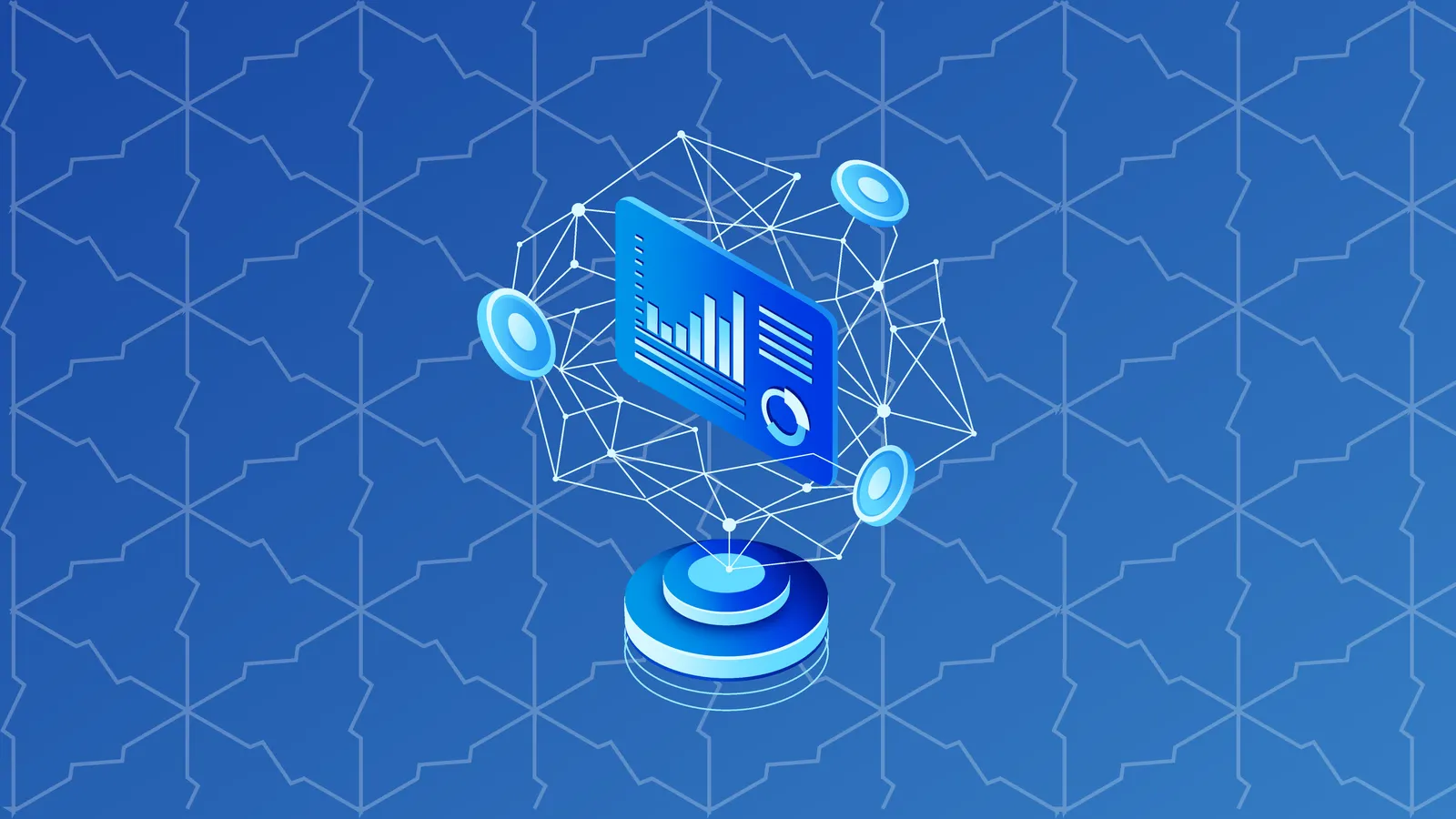In brief
- The cryptocurrency space has more than 11,000 active projects.
- While most investment is in the speculative value of Bitcoin, dozens of other projects create value in different ways.
- Many of these projects are still in their early days, but Web3 is here to stay, and as such there is opportunity to get in on the ground floor.
In the last three chapters (chapter 1, chapter 2, chapter 3) of our basics to boardroom learning guide we’ve spoken mostly about acquiring assets like Bitcoin, holding them, and waiting for the value of that asset to rise. But the cryptocurrency space is so much more than Bitcoin.
At last count, there were more than 11,000 cryptocurrencies currently live and available to engage with, according to Nomics. Inside that there are a huge range of currencies and tokens that perform a number of unique features that help their networks do certain things.
In this last chapter we’re going to be running through a few examples and how you might use some of your earnings to help power the world of Web3.
The Web's Evolution
To understand what Web 3 is, we first have to understand the previous versions of the Internet.
The first phase of the Internet and can be characterized by the way users initially interacted with the web. Most users, during the first iteration of the web, were passive consumers of content. In other words, Web 1.0 was about reading and not writing. It was static instead of dynamic. This changed with Web 2.0.
What is Web 2.0?
The next major phase of the Internet was all about interactivity and users.
In this phase, users created most of the content on platforms such as YouTube, Facebook, or Twitter. This Internet was more social and collaborative, but that usually came at a price. The downside of this more participatory Internet was that by creating content, users were also providing personal information and data to the companies that controlled these platforms.
What is Web3?
Web 3 is the next step of the Internet. It is currently still being built, so there is no single, established definition yet of what Web3 is or will be.
In general, however, Web3 refers to an Internet that is made possible by decentralized networks, such as Bitcoin and Ethereum. The key innovation of these networks is the creation of platforms that no single entity controls, yet everyone can still trust. That’s because every user and operator of these networks must follow the same set of hard-coded rules, known as consensus protocols.
The secondary innovation is that these networks allow value or money to be transferred between accounts. These two things—decentralization and Internet money—are the keys to understanding Web 3.
But they go further still. New networks where value is created and held in the utility of that network are being invented and created constantly, as we explore below.
What are some examples of Web3 projects?
Below are a few examples of how different assets can use Web3 technology to create different types of value.
Filecoin
Filecoin is a decentralized protocol which enables anyone to rent out spare storage space on their computer. Likewise, anyone can buy storage on the network. Think of it as Amazon Web Services or Google Cloud, but instead one company controlling the flow of data, anyone can take part in the process.
The token, FIL is the currency by which users buy storage and storage holders are paid in.
Golem
If Filecoin is looking to disrupt the storage industry, Golem wants to disrupt the cloud-based computing industry.
Golem is a distributed computing platform, providing shared computing power that users can access for a fee. The platform lets you rent out your computer’s spare resources to others who need the additional power to perform complex computations and tasks, and for those in need of computing power to rent from others instead of cloud-based services like Amazon or Google.
Basic Attention Attention
BAT is a utility token, designed initially as part of a whole new digital advertising platform known as Brave. At its heart is a web-browser that blocks adverts and keeps personal data and people’s identities, protected.
While it keeps people’s identity secure, however, BAT also commodifies users’ attention. The distributed ledger it's built on can collect accurate data on where the adverts are going and just how effective they are.
Armed with this information, advertisers can create better marketing campaigns and budget better. The network also uses a token, the BAT, that can be used to pay publishers for their ad space and even to compensate users for watching or clicking on their adverts.
The whole point is that users can commodify their attention and earn directly, rather than feel exploited by advertisers.
Why invest in Web3?
Imagine someone told you in the late 1980s that there was this technology (the internet) that would change the way we communicate, work, meet each other, travel, and entertain ourselves, but this future wouldn’t be realised for another 15 years, would you invest in it?
The Web3 age is creating new ways to quantify the value of our time, our attention, our computers and our hard drives. It also helps create opportunities for investors to gain access to tools and services that might have only been available to institutional investors in the fiat world.
Investing in Web3 assets also helps bring about this age, as these projects need support in their early stages to reach critical mass.
The future
Now that you’ve come to the end of this series, AAX has a lot more resources on trading strategies that include all the ideas we’ve mentioned above. Head on over to AAX where you can build on your trading knowledge.
Disclaimer:
The views and opinions expressed by the author are for informational purposes only and do not constitute financial, investment, or other advice.
Sponsored post by AAX
Learn More about partnering with Decrypt.


